#portuguese man o war
Text
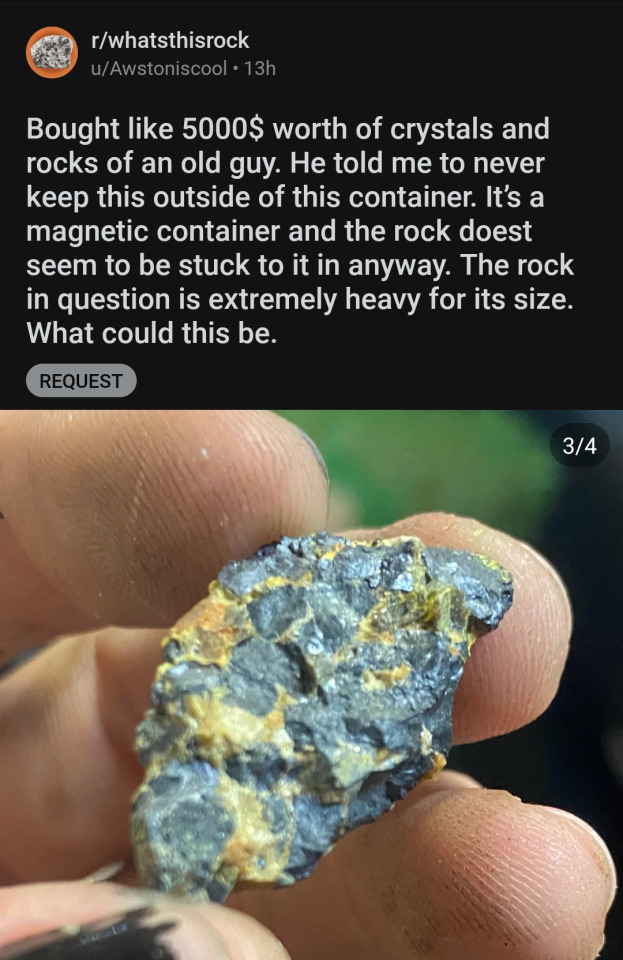


Compilation of people holding things that shouldn't be held, please add more if you have any
#iicraft505#animals#reddit#tiktok#instagram#uranium#rocks and minerals#blue ringed octopus#portuguese man o war#man o war#jellyfish
59K notes
·
View notes
Text

Portuguese man o' war with a fish in its tentacles
By: Werner Jacobs
From: Natural History Magazine
1962
#predation#portuguese man o war#siphonophore#hydrozoan#cnidarian#invertebrate#1962#1960s#Werner Jacobs#Natural History Magazine
617 notes
·
View notes
Text
Today is Wet Beast Wednesday!
Today’s wet beast is: Man-of-war Fish

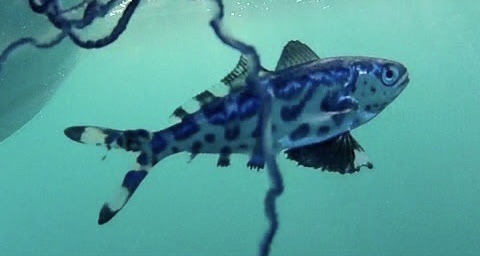
Olive’s wet beast fact: this little fishy has evolved to live within the extremely dangerous tentacles of the Portuguese Man O’ War. It is here that the fish feasts upon their gonads. Happy Pride.
Stay tuned for more Wet Beast Wednesdays!
#man-of-war fish#wet beast wednesday#marine biology#aquarium#fish#oceanposting#sea creatures#deep sea#ocean#fishblr#portuguese man o war#man o war#zoology#science#jellyfish#sea jellies
2K notes
·
View notes
Text

Portugese man-o-war tentacles
#fav#pink#tentacles#blue#purple#physalia physalis#Portuguese man o war#marine biology#marine creatures#marine life#sea life#sea animals#sea creatures#exotic sea creatures#animals#poisonous#poisonous animals
5K notes
·
View notes
Text

#gottem#wizardshitposts#marine biology#marine life#marine biology shitpost#marine memes#portuguese man o war#siphonophore#cnidarians
2K notes
·
View notes
Note
They always say that the Portugese Man'O'War is a colony of different animals, including the reproductive parts
How the fuck does that work?
okay to make a long and complicated thing shorter, stupid, and marginally less complicated:
Colonial organisms, like the man o' war, all sorta occur when one organism, produced via sexual reproduction, asexually reproduces itself into a ton of clones. These clones, zooids, are hypothetically "free-living", and could do the same thing as the original. Eventually, though, they specialize into different roles, changing their form and function to suit different roles in the body of the man o' war. Some of them produce carbon monoxide, which is like, a tenth of what fills the float (or pneumatophore, if you want to impress someone on a date sometime) on top of the organism, some allow it to reproduce, some can feed, and some are just Toxin Cells For Killing And Hurting. Anyways, it basically looks like one animal, but is technically a billion trillion [citation needed] tiny versions of the same zooid printing copies of itself.
TLDR: portuguese man o' war is kinda like osmosis jones, i think.
600 notes
·
View notes
Photo
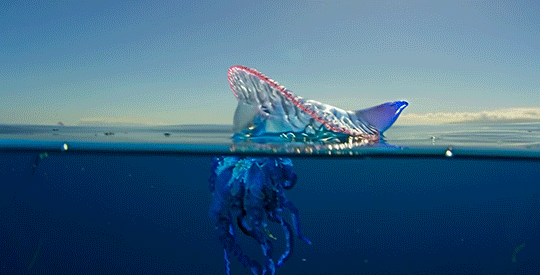
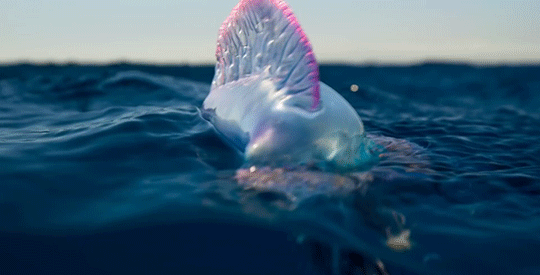


The Portuguese Man O’ War floats with the help of a gas filled bladder, topped by a vertical membrane serving as a sail. Long threads trail behind it, some as many as 30 meters long, and each armed with many thousands of stinging cells.
BBC Earth
3K notes
·
View notes
Text
Animal of the Day!
Portuguese Man-of-War (Physalia physalis)

(Photo from Getty)
Conservation Status- Unlisted
Habitat- Eastern Atlantic Ocean; Indian Ocean
Size (Weight/Length)- 10 cm; 30 m tentacles
Diet- Small fish; Plankton; Shrimp
Cool Facts- Contrary to popular belief, the Portuguese Man-of-War is not a jellyfish. Instead, they are siphonophores. They are a colonial organism made up of tiny and uniquely functioning hydrozoans sort of like cells. Man-of-Wars float along the surface of the water, ensnaring food and using the wind to travel. Very few animals eat the Man-of-War, but their largest threat is the loggerhead turtle that has skin too thick for the Man-of-War’s venom to penetrate. The venom can injure humans and trigger an allergic reaction, however you’re more at the threat of drowning due to panic. Up to 10,000 people are stung every year but only a handful of the encounters end up being fatal.
Rating- 12/10 (Might want to carry vinegar with you when you’re swimming in Australia.)
#animal of the day#animals#marine creatures#siphonophore#jellyfish#but not really#tuesday#september 12#portuguese man-of-war#portuguese man o war#man o war#biology#science#conservation#the more you know
387 notes
·
View notes
Text
The Portuguese man-of-war
Time again for a sea monster and as we usually only have the mythical sea monsters here, I'm showing you a real sea monster today. You can find these creatures in the Pacific, but also off the Canary Islands and Portugal. They are also common in the Caribbean, for example off the coast of Cuba.

A Portuguese man-of-war
The Portuguese man-of-war (Physalia physalis) or swimming terror is often referred to as a jellyfish, but is actually a type of cnidarian also known as a siphonophore and is only very closely related to jellyfish.
They have a balloon-like float, which can be blue, purple or pink and protrude up to ten centimetres above the waterline. And because this resembled a warship under full sail in the 15th century, these animals were called Portuguese man-of-war. But here's the nasty bit: underneath the swimmer lurk long strands of tentacles and polyps, which can grow up to 10 metres long on average and extend up to 30 metres. The tentacles contain stinging nematocysts, microscopic capsules with coiled, barbed tubes that release venom that paralyses and kills small fish and crustaceans. After that the feeding polyps (gastrozooids) attach themselves to the victim's body, spread out on it and digest it.
The sting of the man o' war is rarely fatal for a healthy non-allergic person, but it is very painful and causes burns on unprotected skin. Incidentally, even torn tentacles are still poisonous for a certain time, so be careful there too. If you have come into contact with it, carefully remove the tentacle under salt water and do not touch it unprotected, as it can continue to nettle. Hot water above 45 °C denatures the proteins of the venom. Treat with zinc gluconate.
125 notes
·
View notes
Text

Jelly Morning
70 notes
·
View notes
Text

Call me a siphonophore the way I'm a giant colony of smaller animals moving as one collective animal that gets commonly mistaken for a jellyfish
#Anways another man war#Yippieee#Worked on this asshole for like. Ten elevenish hours cjsksjndmd#art#acrylic art#traditional art#Ocean art#Marine biology#Siphonophore#portuguese man o war
230 notes
·
View notes
Photo

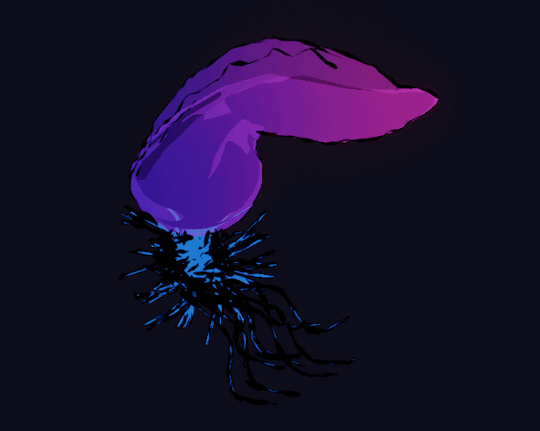
man o’ peace and love on planet earth
#blender#low poly#lowpoly#low-poly#3d model#3d modeling#3d art#art#artists on tumblr#sea creatures#siphonophore#portuguese man o war
443 notes
·
View notes
Text

Portuguese man o' war
By: Unknown photographer
From: Wildlife Fact-File
1990s
784 notes
·
View notes
Note
I just discovered the blanket octopus. Would you do a fact on them if not already done? 👀
Sure friend! I am a daily fish fact account only, but I simply couldn't not say something about the magnificent blanket octopus :)

Here is a blanket octopus female! How do I know that? Simple: the males of the species only reach about 2 and a half centimeters, while the females can be as large as two meters long! The species is named after this gorgeous lady's webs that connect to her arms.
"Blanket octopus" refers to four different species actually! And they're all immune to the extremely venomous Portuguese man o' war, young females and males will in fact rip out a dangerous and venomous tentacle from these animals to defend themselves! It is extremely interesting and exciting what kinds of things octopuses are capable of :)
#hey. if you're an account that does facts on other aquatic animals..... hmu#i will reblog the crap out of your blog!#blanket octopus#octopus#sea creatures#biology#zoology#aquatic#marine biology#marine life#marine animals#portuguese man o war#asks#anonymous
426 notes
·
View notes
Text
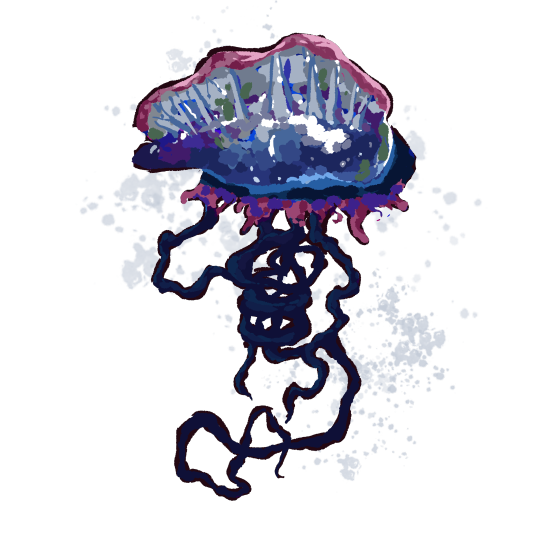




DO NOT PHOTOGRAPH THE BLUEBOTTLE. (more aotearoan sillies, also the bluebottle as a hit game umurangi generation reference)
#digital art#my art#artists on tumblr#art#digital artist#trans artist#illustration#animal art#animals#aotearoa#umurangi generation#portuguese man o war#dolphin#penguin#lamprey#seal#popoto#tawaki#kekeno
36 notes
·
View notes
Note
May i suggest the portuguese man o war for this evaluation?
Today on CHUNK, FUNK, GUNK! We rate
the PORTUGUESE MAN O’ WAR
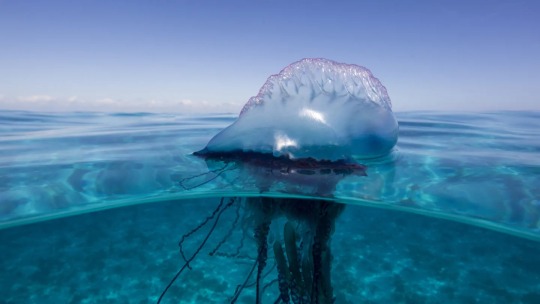
7/10 Chunk
10/10 Funk
6/10 Gunk
The man o’ war is interesting for this rating since while it has no bones, I can’t fully describe it as ‘chunky’ more accurately I would use the word ‘squishy’ or ‘gloopy’. In a similar dilemma, while I would describe it as ‘gloopy’, the man o’ war doesn’t seem to secrete slime or mucous, so it’s not particularly gunky either. However, this creature is UNDENIABLY FUNKY!
#chunk funk gunk#chunk#funk#gunk#portuguese man o war#cool fish#fish#jellyfish#ocean#ocean animals#ocean fish#asks open#I know they’re not TECHNICALLY jellyfish#it’s just easier to tag that way haha
95 notes
·
View notes